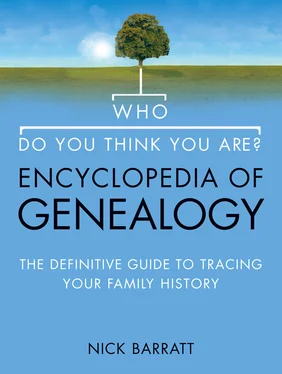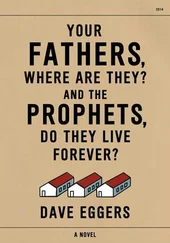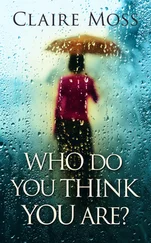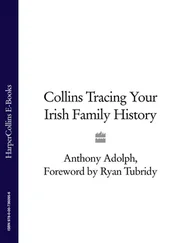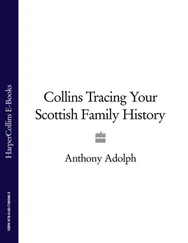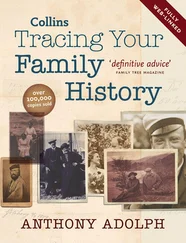‘It is usually sensible to focus on one branch of your family at a time, particularly if they have a more unusual surname which will make them easier to trace.’
Step Three: Focusing On One Story
Some of the more enterprising among you may decide to focus on one particular family story, which will involve more specialized research in an archive or institution. Depending on the story that you choose to investigate, the period of history in question or geographical location, you will almost certainly have to tackle more complicated archives or record offices. For example, you might want to set out on the elusive tale of your great-grandfather’s period of service during the Boer War, or the intriguing story that – somewhere – there’s a link to royalty waiting to be uncovered. This will almost certainly involve far more complex lines of research, documents that are less familiar or easy to get hold of, and more sources of frustration if you haven’t covered the research basics (certificates, census data, etc.) beforehand. Advice about working in archives is provided in the next chapter, and in particular how to set about locating the relevant archive for the topic of your choice. The more common family history topics, once the basic processes of verification and tree extension are done, are elaborated upon in Section Three.
… start to plan your research using your family tree as a guide
1. Note all the ancestors for whom you need to verify key biographical data, and work out which documents you need for each
2. Identify one line of the family that you want to work on first
3. Extend that line back a couple of generations, updating your family tree as you go
4. As you gain confidence, repeat the process for other branches of the family
5. Turn to Chapter 3 to learn about which archives you’ll need to visit, and which sources to use first
There is a cost involved in undertaking a genealogy project, and before deciding which step to take you should consider how much you can afford to spend obtaining information. Travelling to archives, ordering certificates, buying copies of wills, paying for photocopies and signing up to subscriptions for commercial genealogy websites are all a necessary part of the process, but they do all cost money. Nevertheless, if you have planned thoroughly and are careful not to make mistakes (though some are inevitable!) you can avoid unnecessary expense. For example, you should exhaust the resources of any local archive, study centre or near-by family history centre, where you’ll find plenty of material that’s also contained in a national institution that may be further away. Many local libraries also have free subscriptions to genealogy websites, The Oxford Dictionary of National Biography and The Times online, which you can use from home if you obtain a library card and PIN number from your library.
Also, when ordering certificates it pays to be patient. By ordering one certificate at a time and waiting for that to arrive to see if the information is correct before ordering the next certificate, you won’t waste money pursuing red herrings and false leads.
CHAPTER 3
Working in Archives
This chapter explains how you can make your first foray into the world of record offices, archives, museums, libraries and other research institutions in the hunt for information. You will learn what sort of information exists out there, and how to use it to extract more names and dates, and to flesh out historical information about your ancestors; what an archive is, and how you locate the most relevant one for your initial research; how to work in an archive; and how to organize your research notes.
One of the few drawbacks of making a show such as Who Do You Think You Are? is that there simply isn’t enough screen time to show all the work that takes place to put together the stories that you see. The actual research takes place behind the scenes over several months – exactly the same work you’ll be doing yourself, although you will be able to take as much time as you like.
Once you have read through this chapter, and the research tips and hints in Chapter 4, you should be fully prepared to tackle the next stage of your research with confidence – in which case you can then head to the chapters in Section Two to learn more about how you can trace your family tree further back in time. An introduction to some of the major national archives and institutions can be found in Section Five.
As outlined in the previous chapter, the route most beginners take is to verify their initial findings, and then take one branch of the family further back in time, generation by generation. To do this, you’ll need to use sources outside the family (although you may well have come across some of this material already in the form of certificates, wills and other paperwork tucked away in boxes, drawers and folders). Once these extensions to the family tree have been made, you will be able to put flesh on the bones, so to speak, by using more advanced research techniques to find evidence that puts the lives of your ancestors into an historical context.
Primary sources consist of:
• Contemporary documents, such as diaries, letters, photographs, wills and other legal and financial documents
• Birth, marriage and death certificates
• Oral accounts by people who were there
Secondary sources consist of:
• Accounts written by third parties after the event
• History books
• Stories passed down within families over the years
Locating this evidence to build a family tree, learn more about these relatives and support the stories that are passed down through generations are the core tasks of a genealogist, so it’s time to focus on what material you are going to use to achieve these goals, and where to find it. Roughly speaking, there are two main types of record you’ll encounter during your work – primary sources and secondary sources.
Primary sources come in many shapes and forms, such as contemporary documents that survive from the period, or even oral accounts that are told to you by people who were present at an event. Of most use are officially created sources, such as birth, marriage and death certificates, as their creation and content have been governed and directed by legally binding requirements. These can be more reliable as evidence than personal documents like diaries, which are open to artistic licence and subjective opinion. Official sources are only as reliable as the people filling them in, however, and it is not uncommon for ancestors to ‘forget’ important details, or deliberately provide misleading information. The lesson here is never to take anything at face value.
Secondary sources are accounts written retrospectively by people who were not present, but may have had access to primary material, and as such can be subject to errors. Examples are history books written about a major event, such as the Boer War or life in a workhouse. While secondary sources will play a part in your research, you should always endeavour to locate primary evidence to back up your suspicions and findings. Stories passed down through the generations also fall into the secondary source category, unless the story-teller was actually present at the event.
Читать дальше
